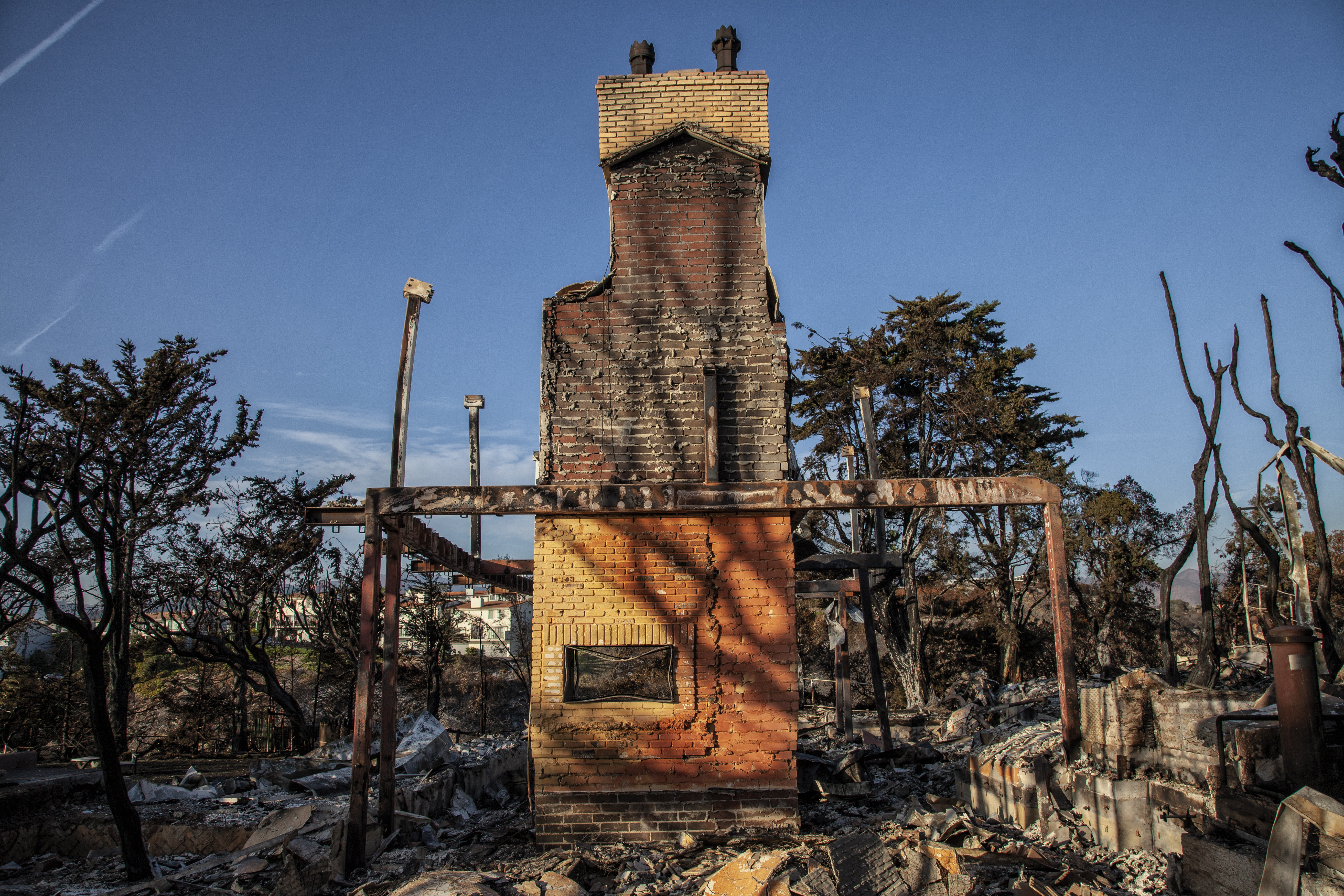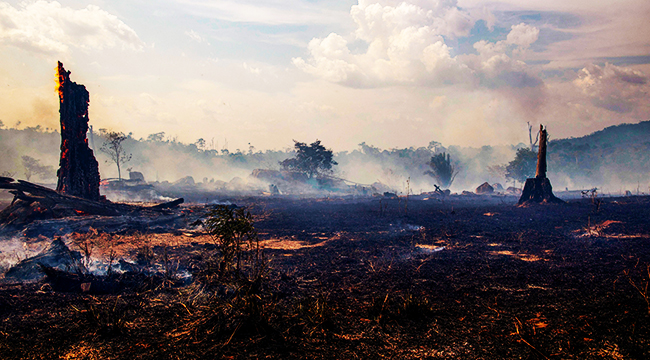We all know that wildfires are a force to be reckoned with. They occur on every continent except for Antarctica and cause extreme and sometimes irreversible damage to natural resources and environments, costing countries billions of dollars every year. The United States alone experiences between 60,000 and 80,000 wildfires a year, with last year’s California Woolsey fire responsible for the destruction of 1,643 buildings, racking up six billion dollars in damages, and burning 96,949 acres of land, prompting the evacuation and displacement of 295,000 people.
Those numbers may be part of an upward trend. Climate change has exacerbated the occurrence of wildfires, according to Science Magazine, “wildfire activity increased suddenly and markedly in the mid-1980s, with higher large-wildfire frequency, longer wildfire durations, and longer wildfire seasons.” That increase of wildfire activity runs parallel to an increase of global temperature that has raised steadily every year from the mid-1980s to our current day, according to data collected by the National Oceanic and Atmospheric Administration.
CAUSES OF WILDFIRES

Aside from a warming planet, what causes these destructive fires and how can they be prevented?
To understand how best to combat wildfires, we first need to examine what makes a wildfire, well, wild. According to the National History Museum of Utah, “A wildfire differs from other fires by its extensive size, the speed at which it can spread out from its original source, its potential to change direction unexpectedly, and its ability to jump gaps such as roads, rivers, and fire breaks.”
Simply put, wildfires take place in an outdoor environment, which allows them to spread rapidly and makes them harder to tame. To get technical, wildfire is caused when an ignition source comes into contact with a combustible material — like dried vegetation, roots, invasive tree-scaling plants, and timber litter — and is subjected to sufficient heat and an adequate supply of oxygen. The fact that the outdoors are full of air and fuel make the ease of a wildfire breakout as simple as the season changing or the weather warming.
The NHMU continues, “While the causes of wildfires vary and the outcomes are always unique, all wildfires can be characterized in terms of their physical properties, their fuel type, and the effect that weather has on the fire.” Wildfires therefore encompass a large category of outdoor fires that are caused by both natural and unnatural means.
Natural causes of wildfire breakouts include ignitions caused by lightning, volcanic eruptions, sparks from rockfalls and spontaneous combustion, while unnatural causes include arson, discarded cigarettes, discarded glass that magnifies the sun’s rays, or equipment sparks. Unfortunately, according to NHMU, more than six times the number of wildfires are caused by humans than through natural means, on a yearly basis.
That means, in terms of preventing devastating wildfires, the job is on us.
PREVENTION OF WILDFIRES

“Prevention of fire is a big key. 90-95% of wildfires are human-caused fires,” says Ventura Country Fire Captain Ken VanWig, “if we can educate and reduce the number of accidental ignitions — or however they start — that would significantly reduce wildfires. One of the things that we ask is that people who are doing fuel treatments on their own, like mowing their grass or weed whipping, do it early in the morning while it’s still cool and moist out, because later in the day as it dries out it becomes more receptive and easier to start a fire.”
VanWig knows all too well that California’s unique geography makes it vulnerable to devastating wildfires like the Woolsey fire. A heavy rainy season, like the state experienced this year, which resulted in a beautiful super bloom calms the problem for some months but also creates a new supply of fuels to burn.
Inspector Brian Stevens of the LA County Fire Department explains, “What usually happens is you’re going to get all of this growth in the beginning that looks really nice, a lot of weeds, a lot of mustard, but what ends up happening as the summer months go on, and the relative humidity drops and the temperature increases, you get the moisture removed from these plants and now what you’re left with is a very large fire load of light flashy fuels.”
As a wildfire progresses, the resulting smoke and heat causes nearby material to dry out, couple that with strong winds like the Santa Ana winds which blow through Southern California every autumn — and occasionally others times throughout the year — and you’re left with a devastating recipe for disaster.
“One of the most important parts of fire prevention is actually the homeowners themselves,” Inspector Stevens tells me, echoing Captain VanWig. “Having a homeowner be proactive in making sure that they make a defensible space around their house, reducing the brush, whether its hiring someone, doing it themselves, or renting goats if they have a massive hillside. That is one of the most important and productive things that we can get done.”







